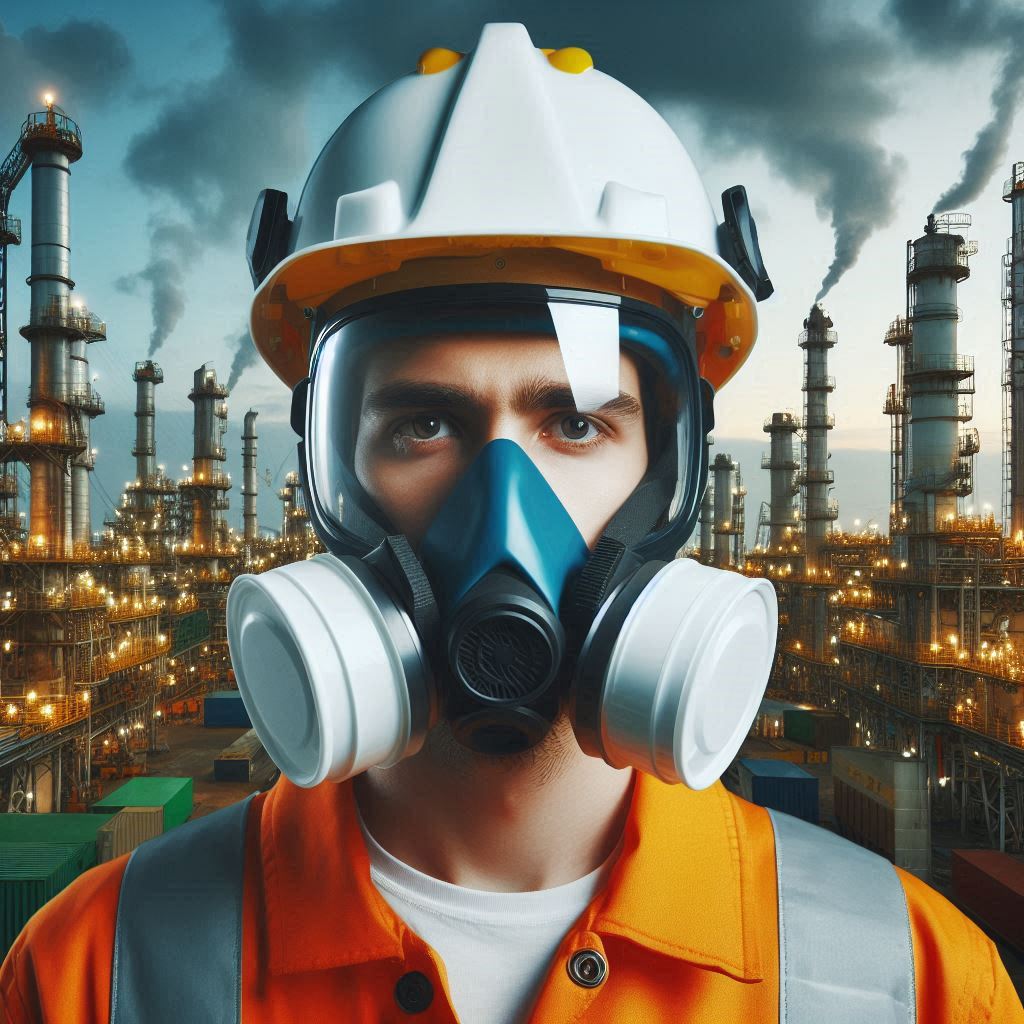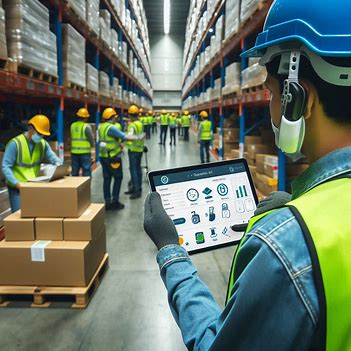When must employees wear required PPE at work?
Employees are required to wear Personal Protective Equipment (PPE) in various industries whenever they are exposed to potential hazards that could cause injury or illness. These hazards can include physical, chemical, biological, and environmental risks. The exact requirements for wearing PPE depend on the nature of the industry, the specific tasks performed, and applicable safety regulations. Below are key situations where employees are mandated to wear PPE at work:
1. Handling Hazardous Materials
- Chemical Industry: Employees working with corrosive, toxic, or flammable substances must wear appropriate PPE such as gloves, goggles, and chemical-resistant suits.
- Pharmaceutical and Laboratory Settings: PPE such as lab coats, gloves, and face shields are necessary when handling biological agents or hazardous chemicals.
- Manufacturing: Workers involved in processes that use hazardous chemicals, such as solvents or adhesives, are required to wear gloves, goggles, or full-face respirators.

2. Working with Heavy Machinery or Tools
- Construction Industry: Workers are required to wear hard hats, steel-toed boots, gloves, and safety goggles when working around heavy equipment or in environments where falling objects pose a risk.
- Manufacturing and Automotive Industries: In assembly lines or areas where machinery operates at high speeds, PPE such as ear protection, gloves, and safety shoes are mandatory to prevent injuries from noise, pinch points, or heavy tools.
- Welding: Welders must wear protective helmets, gloves, and fire-resistant clothing to guard against sparks, heat, and UV radiation.

3. Exposure to Electrical Hazards
- Electrical and Utility Work: Employees working with live electrical systems must wear rubber insulating gloves, safety boots, and arc-rated clothing to protect against electrical shocks and burns.
- Telecommunications: Workers involved in installing or maintaining electrical wiring are required to wear protective clothing, gloves, and safety glasses.

4. Working at Heights
- Construction and Maintenance: Employees working on scaffolds, ladders, or roofs must wear fall protection equipment such as harnesses and lifelines to prevent injuries from falls.
- Telecommunications and Wind Energy: Workers performing tasks on high towers or wind turbines must be equipped with harnesses, lanyards, and helmets.

5. Protection from Respiratory Hazards
- Mining and Oil & Gas: Employees in industries with exposure to dust, fumes, or vapors are required to wear respirators to protect their respiratory system.
- Agriculture and Pest Control: Respirators are essential when applying pesticides, fertilizers, or working in environments with high dust levels.
- Healthcare and Laboratories: In environments where infectious particles are present, such as during the COVID-19 pandemic, employees must wear masks or respirators (N95 or higher).

6. Exposure to Noise Hazards
- Manufacturing and Construction: In environments with high noise levels (above 85 decibels), such as in factories or construction sites, employees are required to wear hearing protection like earplugs or earmuffs.
- Airports: Ground crew employees working around jet engines must wear hearing protection to prevent long-term hearing damage.

7. Working in Confined Spaces
- Oil and Gas Industry: Workers entering confined spaces, such as tanks or vessels, must wear specialized PPE like gas masks, protective suits, and safety harnesses to prevent inhalation of toxic gases and facilitate rescue.
- Sewage and Wastewater Management: Employees must wear protective clothing, gloves, and respirators when dealing with hazardous or infectious waste in confined spaces.

PPE Compliance and Regulatory Requirements
In addition to industry-specific practices, regulatory bodies like the Occupational Safety and Health Administration (OSHA) in the U.S. and the European Agency for Safety and Health at Work (EU-OSHA) in Europe set standards for PPE use. Employers must provide the necessary PPE and ensure employees are trained to use it correctly. Non-compliance can result in significant fines and penalties.
Conclusion
PPE at work is essential in ensuring employee safety across various industries, especially in environments where hazards are present. The requirement to wear PPE depends on the specific risks associated with a job task or environment, ranging from chemical exposure to machinery risks and electrical hazards. Adhering to PPE guidelines not only ensures compliance with safety regulations but also significantly reduces workplace accidents and injuries, safeguarding employees and fostering a culture of safety.



